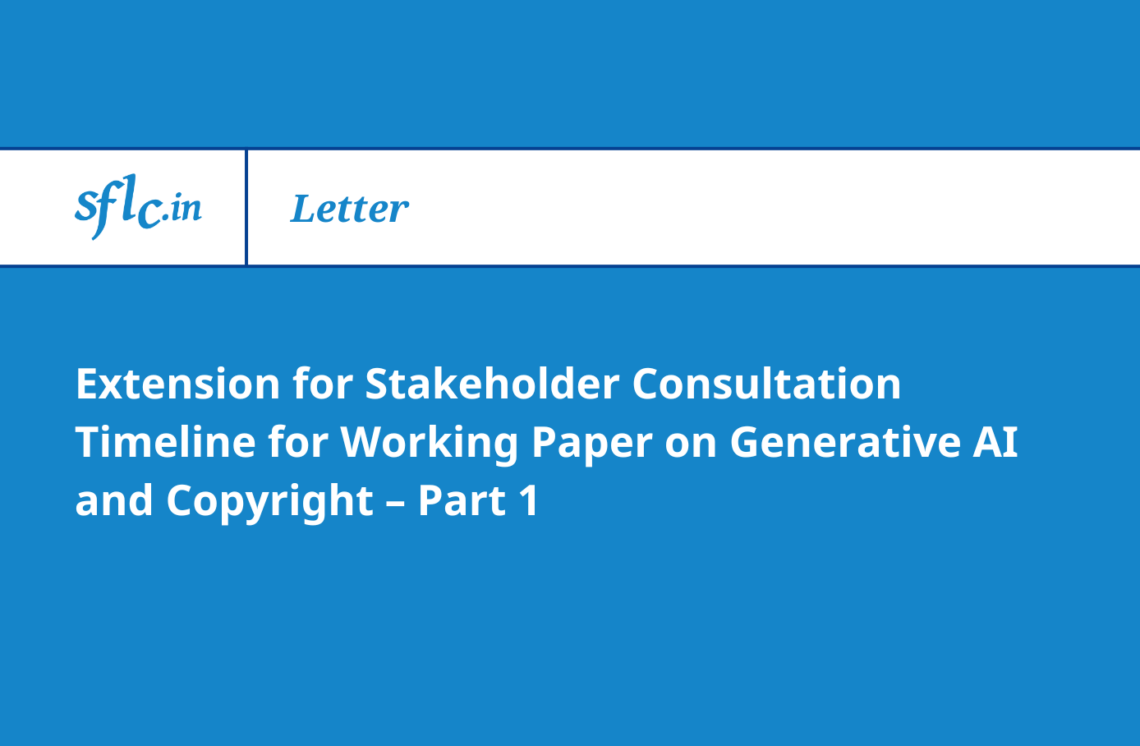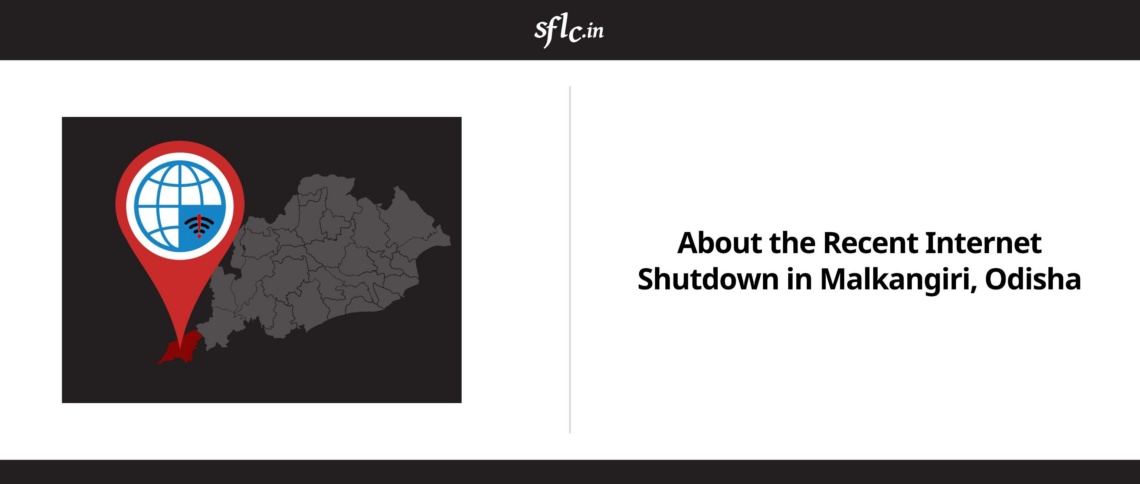The cases for linking Aadhaar to PAN and making it mandatory for Income Tax returns were heard before a bench of Justices A.K. Sikri and Alok Bhushan in the Supreme Court on 26th April, 2017. Senior Counsels Arvind Datar, and Shyam Divan were representing the petitioners in these cases, Binoy Viswam v. Union of India (W.P.(C)247/2017), S.G. Vombatkere & Anr. v. Union of India (W.P.(C) 277/2017) respectively, whilst the Union of India was represented by the Attorney General, Mukul Rohatgi.
At the outset it was clarified that in this hearing, the challenges to privacy, or the constitutionality of the Aadhaar Act would not be raised, and the arguments by the petitioners would be limited to the parliamentary action of introducing Section 139AA to the Income Tax Act, 1961.
Senior Counsel, Arvind Datar set the stage by pointing out that insertion of Section 139AA was not part of original finance bill, and was introduced on the last day when 30-40 statutes were amended. Section 139AA makes Aadhaar mandatory for filing income tax returns from 1st July, 2017, is required to be quoted when applying for PAN, and in case of failure in linking Aadhaar, the PAN will be deemed invalid.
Mr. Datar argued that Section 139AA should be struck down on the following grounds:
-
It is ultra vires Article 14 of the Constitution:
-
Aadhaar is only eligible for residents, but under IT Act, there are 12 different types of categories, like HUFs, companies, and others that are eligible for PAN, and is not therefore limited to individuals. Under the classic Article 14 test of reasonable classification, the categories created should have an intelligible differentia, and the classification done, should have a rational nexus to the objective sought to be achieved. Mr. Datar argued that the classification between natural, and non natural persons has no intelligible differentia as proviso for Section 139AA makes the PAN invalid for individuals who do not have Aadhaar, but the income tax act, and Section 139A does not make any such distinction for either filing of income tax returns or for issuance of PAN. Also, the rational nexus between the objective for linking Aadhaar, curbing black money, or avoiding fake PAN cards would not be achieved by solely making individuals as a part of this process, and not other assessees.
-
Moreover, under Section 114B of the Income Tax Rules, having a PAN is mandatory for continuing various activities, like buying property, applying for a credit card, among other things. It was argued by Mr. Datar that by treating ‘individuals’ differently than other categories, they are put at a disadvantageous position; hence, violating their fundamental right under Article 14.
-
Furthermore, Mr. Datar argued that under the test of arbitrariness of Article 14, there have been previous judgments of the Supreme Court where a legislative action has been struck down on grounds of arbitrariness. He cited the case of Malpe Vishwananth Acharya v. State of Maharashtra ((1998) 2 SCC 1) in this regard.
-
Towards the end, Mr. Datar asked for the introduction of a facet of proportionality in Article 14, and put forth a doctrine of ‘rational connection’ devised by Chief Justice of Israel. This doctrine attempted to ensure that along with having a rational nexus to the object sought to be achieved, the element of proportionality of the measure, in the classification process should also be taken into account.
-
It was over-ruling the orders previously issued by the Supreme Court:
-
On multiple occasions and in various cases, the Apex Court has maintained that Aadhaar cannot be made mandatory, and will be voluntary. Section 139AA, that makes it mandatory to have Aadhaar for applying for PAN as well as filing IT returns over-rules these SC orders. The legislature would have to remove the basis of such orders by amending Section 3 of Aadhaar Act and make it mandatory for every resident to have an Aadhaar. Without making such a change in the parent act, it cannot make it mandatory under the Income Tax Act.
-
Mr. Datar corroborated this with a judgement from the Supreme Court that held that direction of the court become the basis of a mandamus, and cannot be taken away in an indirect fashion (Madan Mohan Pathak v. Union of India (1978 AIR 803). He stated, “my right to not get an Aadhaar cannot be taken away in this indirect fashion.” He also pointed to a judgment, that held that cannot over-rule Supreme Court judgement, but remove basis ((1970) 1 SCC 509).
Post lunch, Mr. Shyam Divan, representing the second petition, S.G.Vombatkere v. Union of India commenced his arguments. He initially laid the context of his petition by giving an introduction of the petitioners as being ‘conscientious objectors’ of the program and in their opinion, it is illegitimate. Explaining their position, he pointed that ‘their bodies are theirs, and the State under this Constitution, has no dominion over the body.’ He elaborated further by stating that under Articles 14, 19, and 21, however far one may read legislative competence, the autonomy of an individual’s body cannot be taken away.
He emphasized on how an individual’s fingerprints and iris scans are their own, and due to the vast variety of rights granted under the Constitution to Indian citizens, the State cannot insist that for efficiency or expediency, the rights and bodies of individuals can be taken away. If an individual is willing to pay taxes, and be identified, they cannot be forced to part with their fingerprints. When asked about the photograph as a biometric feature, Mr. Divan responded that in a complex society such as ours, a photograph has become a legitimate source of identity.
He further dissected the Aadhaar project by pointing out that every database is susceptible to hacks, and biometrics cannot be changed, but can be easily duplicated, even from hi resolution photographs as has been proved by an incident where the German Defence Minister’s fingerprints were taken by a hacker from just a photograph. Mr. Divan, while explaining how the process of authentication can be tracked by the State, called the Aadhaar project an “electronic leash”, and laid down three major issues of surveillance, profiling, and seeding.
He continued his argument by further stating that the collection of such biometrics is undertaken by private parties, and no government official is present when such enrollment takes place. Also, per the UIDAI website, 34,000 enrollment centres have been suspended and 3.84 lakh Aahdaar cards have been canceled. While reading out the enrollment form for Aadhaar, he pointed to the first line that states that the scheme is ‘free and voluntary’ and argued that voluntary usually involves no element of coercion or mandatory nature.
Mr. Divan categorically stated that this was for mere background information on the project, and he is not raising any of these points in the petition at hand, as the matter of privacy and validity of the Aadhaar Act are pending before a larger Bench.
He continued his arguments on 27th April, 2017.




